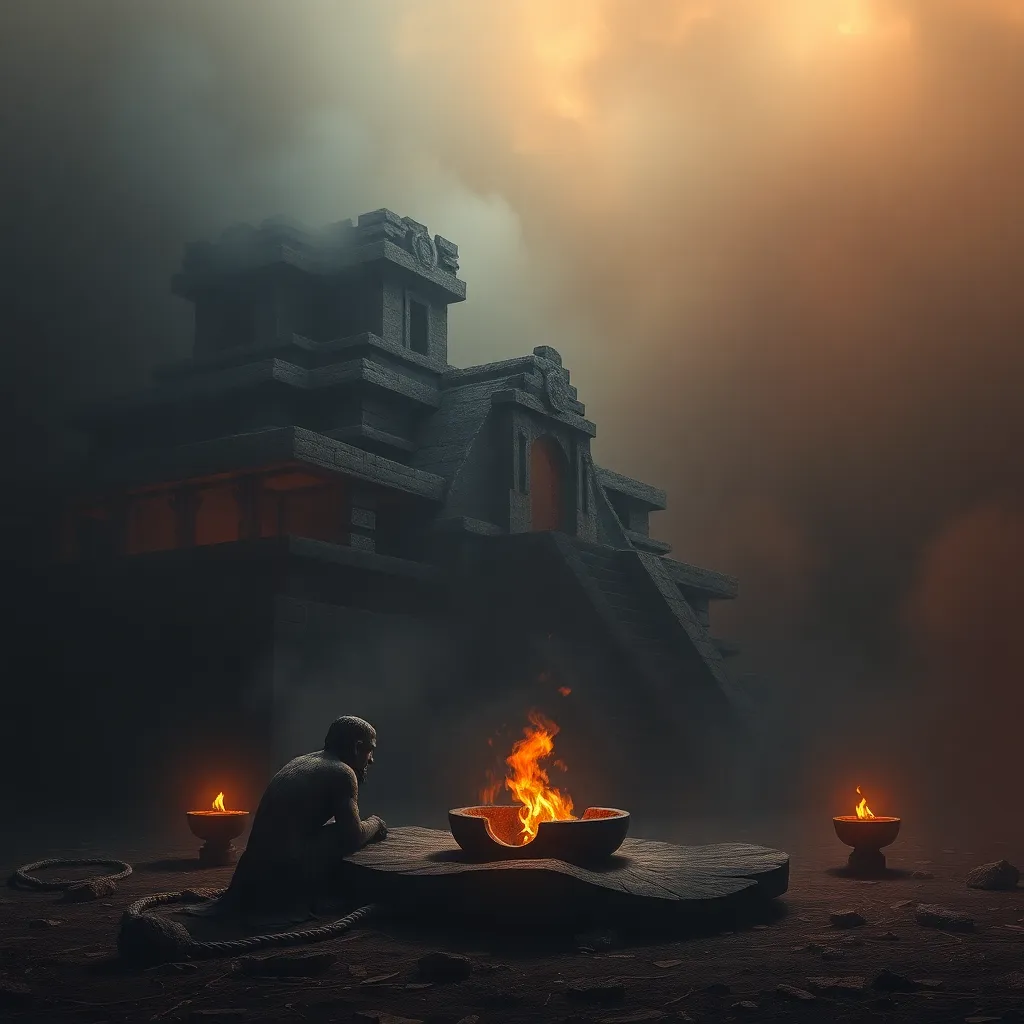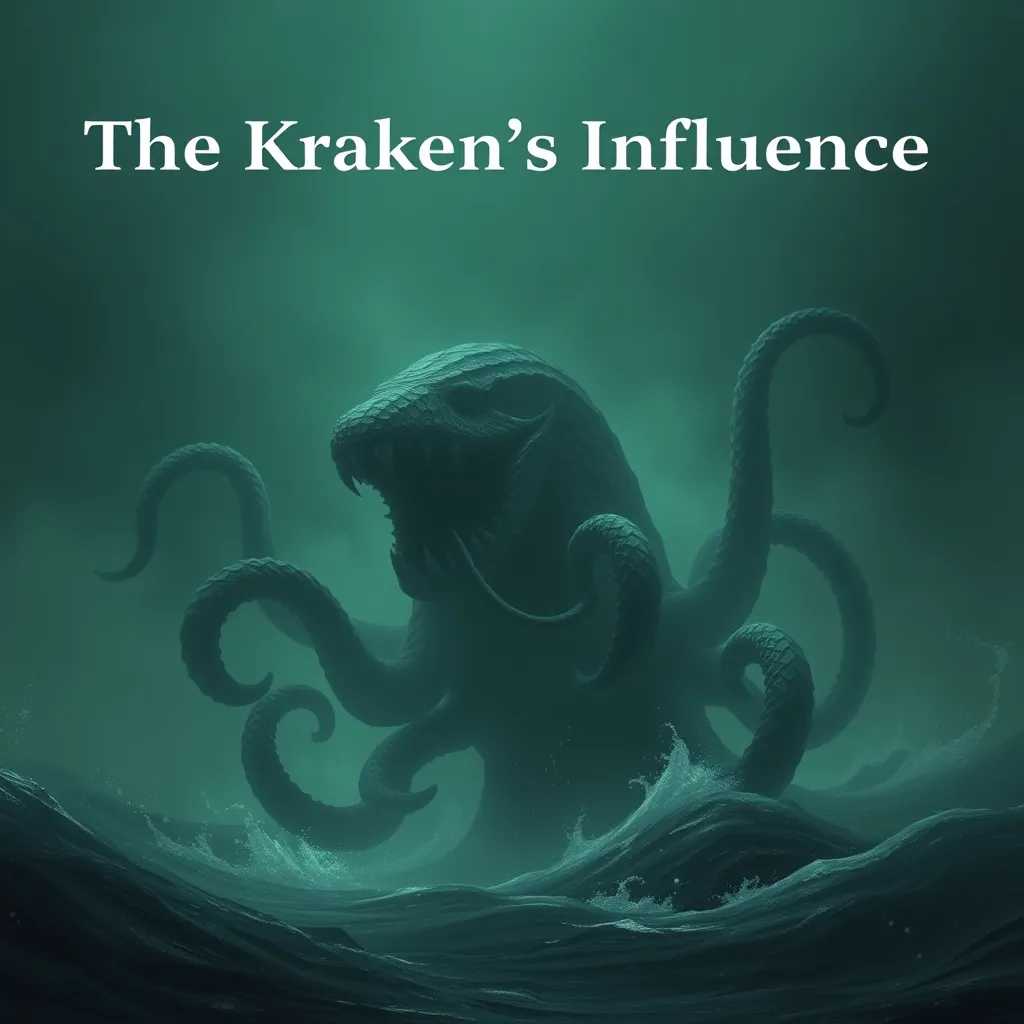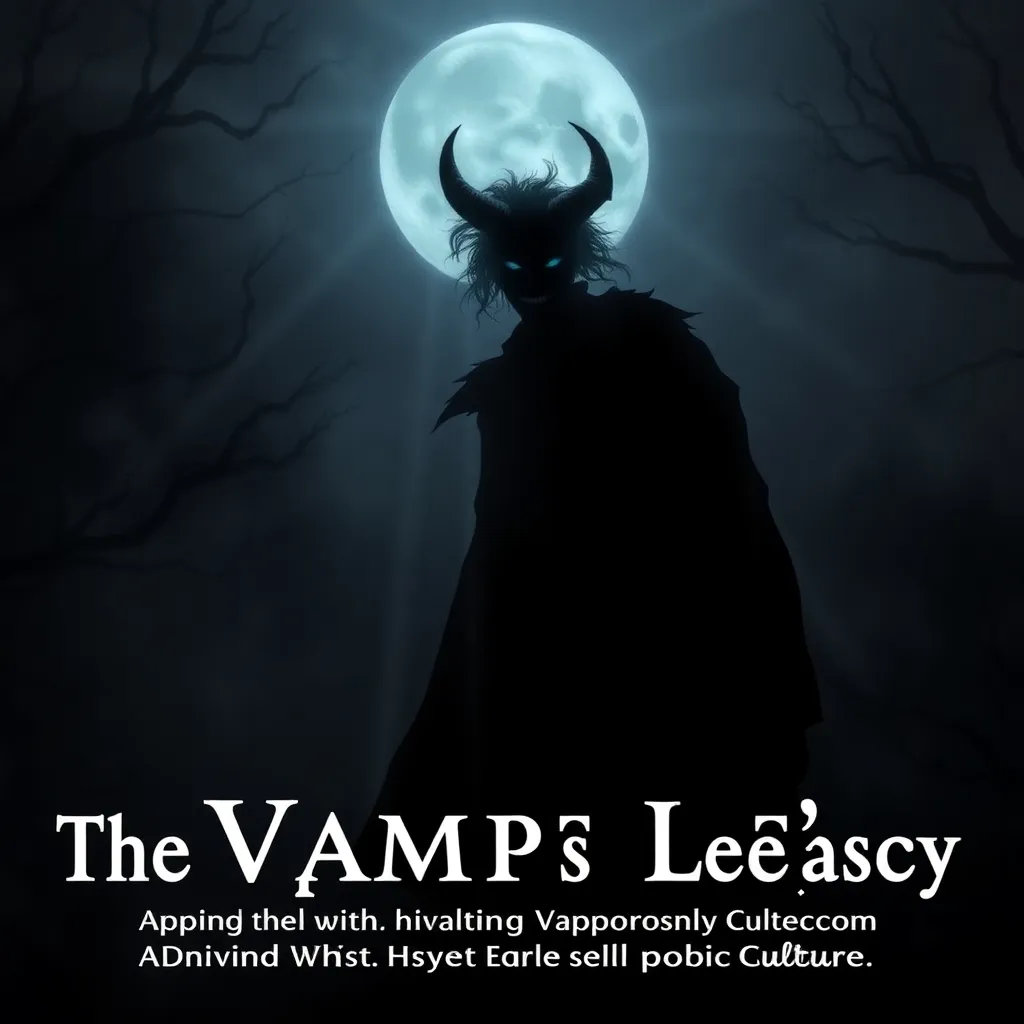Guardians of the Night: Ah Puch and the Spirits of the Underworld
I. Introduction
Ah Puch, a prominent figure in Maya mythology, represents the complexities of life, death, and the afterlife. Known as the god of death, he is often depicted as a skeletal figure adorned with decayed elements, embodying the inevitable decay that accompanies mortality. The ancient Maya held a profound belief in the underworld and its spirits, considering it a crucial aspect of their cosmology and understanding of existence. This article aims to delve into the significance of Ah Puch and his role among the spirits of the underworld, exploring the intricate beliefs surrounding death and the afterlife in Maya culture.
II. Who is Ah Puch?
Ah Puch is recognized as the Maya god associated with death and the underworld. His historical and cultural context is rooted in the ancient Maya civilization, where he was revered and feared as a powerful deity. The Maya believed that death was not the end but a transition to another realm, making Ah Puch an essential figure in their worldview.
The symbolism associated with Ah Puch transcends mere death; he also embodies decay and rebirth. This cyclical nature of existence is crucial to understanding his character, as the Maya perceived death as a necessary process for renewal and regeneration. Ah Puch’s representation in art and artifacts often reflects these themes, with depictions ranging from skeletal forms to images that incorporate elements of decay and transformation.
III. The Underworld in Maya Mythology
The Maya underworld, known as Xibalba, is a complex and multifaceted realm filled with both challenges and opportunities for the souls of the deceased. Xibalba is often described as a dark, foreboding place, inhabited by various spirits and deities. The significance of the underworld in Maya cosmology cannot be overstated; it serves as the final destination for souls, where they undergo trials before reaching their ultimate resting place.
The journey of souls to Xibalba is fraught with obstacles, and Ah Puch plays a crucial role in this process. As the ruler of the underworld, he guides the souls of the departed, determining their fate based on their actions during life. This journey symbolizes the transition from the physical realm to the spiritual one, highlighting the beliefs surrounding mortality and the afterlife in Maya culture.
IV. The Spirits of the Underworld
The underworld is populated by various spirits, each with distinct characteristics and roles. These spirits can be classified into two main categories:
- Benevolent Spirits: These spirits are believed to assist souls in their journey through Xibalba, offering guidance and support.
- Malevolent Spirits: In contrast, malevolent spirits are seen as obstacles or adversaries, posing challenges to souls attempting to navigate the underworld.
Ah Puch has relationships with several other underworld deities, each contributing to the overall balance of life and death in Maya mythology. His interactions with these spirits highlight the interconnectedness of the underworld’s inhabitants, showcasing a complex hierarchy that reflects the ancient Maya’s understanding of existence.
V. Myths and Legends Involving Ah Puch
Ah Puch is featured in numerous myths and legends that reveal his character and the beliefs surrounding him. Key stories involve interactions with heroes and other gods, depicting the trials faced by those who encounter him. One notable myth involves the hero twins, Hunahpú and Xbalanqué, who journey to Xibalba and confront Ah Puch. Their cleverness and bravery allow them to outwit the god of death, showcasing themes of resilience and cunning in the face of danger.
The allegorical meanings in these stories often revolve around the cycle of life and death. Ah Puch embodies the inevitability of death, yet the tales emphasize that death is not an end but a transformation. This perspective reflects the Maya’s deep understanding of existence as a cyclical journey rather than a linear progression.
VI. Rituals and Practices Related to Ah Puch
Ancient Maya rituals honoring Ah Puch were integral to their spiritual practices. These rituals often involved offerings, such as food, incense, and even bloodletting, to appease the spirits of the underworld. Such ceremonies were believed to ensure safe passage for souls and to gain favor from Ah Puch, thereby influencing their fate in the afterlife.
The importance of these rituals cannot be understated, as they served to connect the living with the spiritual realm. In contemporary times, some of these practices continue, reflecting a resurgence of interest in Maya mythology and spirituality. Modern interpretations often blend ancient beliefs with contemporary cultural expressions, allowing for a rich tapestry of rituals that honor the legacy of Ah Puch.
VII. Ah Puch in Contemporary Culture
Ah Puch’s influence extends beyond ancient mythology into contemporary culture. He has inspired numerous works of literature, art, and media, capturing the imagination of modern audiences. From graphic novels to films, Ah Puch is often portrayed as a complex character embodying the dualities of life and death.
The resurgence of interest in Maya mythology has also sparked discussions about cultural heritage and the significance of these ancient beliefs today. As scholars and artists explore the themes of death, decay, and rebirth, Ah Puch and the spirits of the underworld serve as powerful symbols that resonate with contemporary audiences.
VIII. Conclusion
In summary, Ah Puch plays a pivotal role in Maya mythology, embodying the complexities of life, death, and the afterlife. His significance within the broader context of underworld spirits highlights the ancient Maya’s deep understanding of existence as a cyclical process. The enduring legacy of Ah Puch and the beliefs surrounding the underworld continue to resonate in modern culture, reminding us of the importance of understanding ancient traditions and their relevance in today’s world.
As we reflect on the intricate tapestry of Maya mythology, we recognize the enduring influence of figures like Ah Puch, who remind us of the universal themes of mortality and transformation that transcend time and culture.



